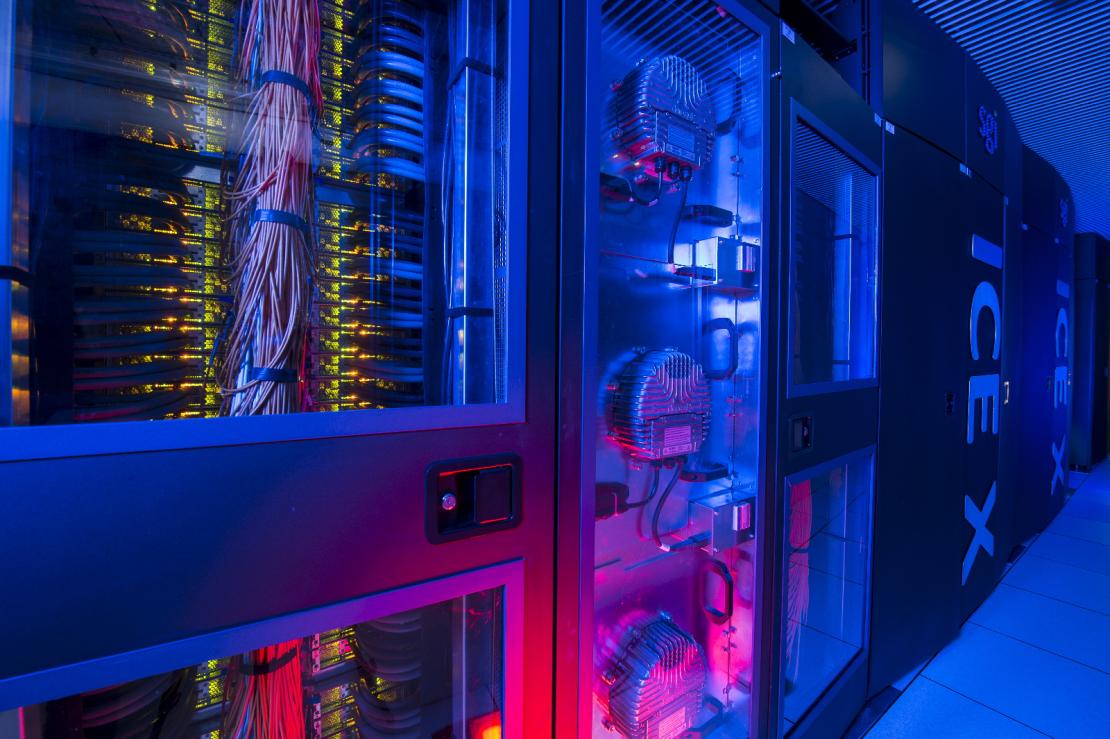According to Reports and Data, The global supercomputer market size is expected to reach USD 7.61 Billion in 2021, and register a revenue CAGR of 9.5% during the forecast period. Rising investments in supercomputer R&D and high end-use in virus antibody detection are two factors predicted to propel the growth of the global supercomputer market. The commercial sector is anticipated to use supercomputing systems more frequently and demand higher processing power to fuel market revenue development. The growing trend of cloud computing and technological advancements are other factors driving up demand for supercomputers. In March 2020, the Exscalate4CoV (E4C) program in one of the worst-affected countries, Italy, received funding from the National Science Foundation (NSF) totaling USD 3.2 million.
The architecture of a modern supercomputer is primarily designed for parallel processing, which means that it divides the problem into smaller pieces and works on several of them simultaneously. Exascale computing is an important trend that has made it possible for computer systems to be invested in all over the world. Exascale has a calculating capacity of at least one exaFLOPS (a quintillion) per second.
Supercomputers make a significant contribution to a nation’s scientific advancement and national defense. Many industrialized nations compete to create the most advanced supercomputing systems and implement them in their governmental and academic organizations. Governments are using the capabilities of these computers to address a variety of cutting-edge problems. Supercomputer use has become commonplace across all international governmental branches.
The rise is being fueled by the requirement to create the most advanced systems and remain competitive.
Further key findings from the report suggest:
Market Size Estimation:
A quantum computer can perform high-level processing at a faster rate compared to a normal computer. It typically contains many processors, which speed up circuit switching, allowing a user to access and analyze a lot of data quickly.
The study offers a qualitative technology snapshot for many processing types, including commodity, parallel, cluster, and vector computing. A thorough analysis of the COVID-19 market impact is also covered in the report and has been taken into account when calculating the current estimates and future projections. The study’s scope includes the supercomputer market for various end users, including governments, research institutes, and commercial industries.
Type Outlook (Revenue, USD Billion; 2019–2030)
- Vector Processing Machines
- Tightly Connected Cluster Computer
- Commodity Cluster
Application Outlook (Revenue, USD Billion; 2019–2030)
- Biology Area
- Military and Defense Mission
- Weather Forecasting and Climate Patterns
- Scientific Research
- Advance Database
- Others (Smog Control System, Simulated Environment in Automobile, Financial Market Place, and Airline Industry)
End-use Outlook (Revenue, USD Billion; 2019–2030)
- Commercial Industries
- Government Entities
- Research Institutions
Regional Outlook (Revenue, USD Billion; 2019-2030)
- North America
- S.
- Canada
- Mexico
- Europe
- Germany
- K.
- France
- Italy
- Spain
- Sweden
- BENELUX
- Rest of Europe
- Asia-Pacific
- China
- India
- Japan
- South Korea
- Rest of APAC
- Latin America
- Brazil
- Rest of LATAM
- Middle East & Africa
- Saudi Arabia
- UAE
- South Africa
- Israel
- Rest of MEA


































